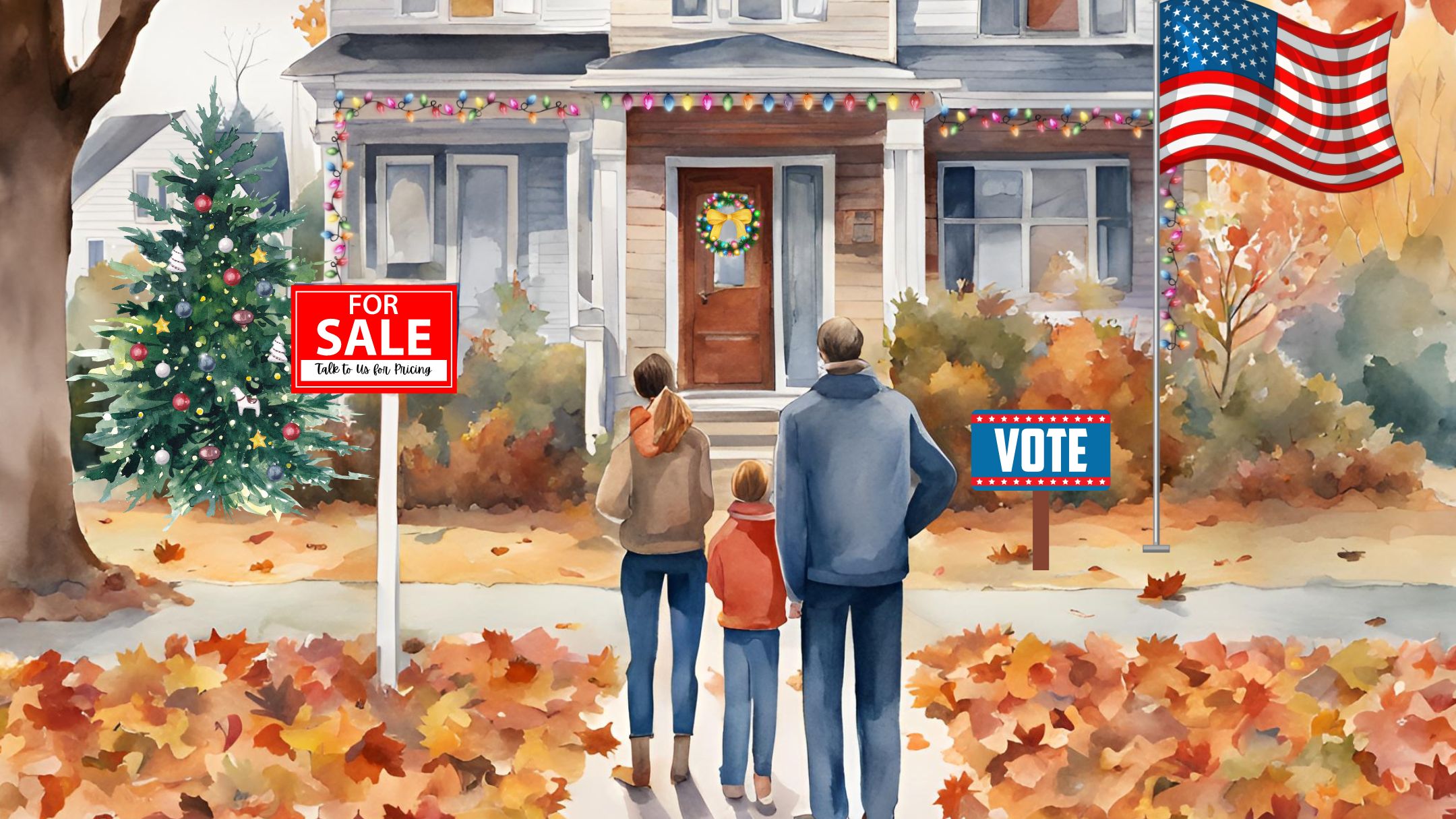It should be noted that many of these items can be negotiated by both parties as part of the Purchase Agreement, excluding some expenses that may be required by the City or the buyer’s lender to be paid specifically by the seller.
Sellers Typically Pay for
- Escrow fees (typically ½)
- Title insurance
- City transfer tax
- County transfer tax
- Property taxes proration (to the date of sale)
- Public reports
- Retrofitting (such as smoke and carbon monoxide detectors, hot water heater strapping, low flow toilets, etc.)
- Misc. escrow, title, and recording fees
- Homeowners transfer fees and document preparation fees (if applicable)
The Buyer Typically Pays for
- Inspection fees (such as property inspection, sewer and chimney scoping, environmental testing, geological inspection, etc.)
- Escrow fees (typically ½)
- All new loan charges (except if any are required by the lender for seller to pay)
- Notary fees
- Recording charges for any documents to buyers name
- Tax proration (from date of acquisition)
- Interest on new loan from date of funding to 30 days prior to the first payment date
- Lender’s title insurance policy
- Fire insurance premium for first year
- Some homeowner’s transfer fees (and possible move-in fees, if applicable)
- Financing document preparation (if applicable)
The following are a few items that are frequently negotiated in the purchase process, with either seller or buyer agreeing to pay for them:
- Pest (termite) inspection and report
- Recommended pest control work (termite removal, repair of dry-rot-damaged wood, etc.)
- Home warranty protection plans
Everything is Negotiable
While the above are the customary distribution expenses associated with residential real estate transactions in Santa Monica, many of these could be covered by the other party.
For example, a buyer wishing to make their offer stand out over others in multiple offers might propose paying for the seller’s portion of escrow and/or other traditional seller expenses.
Alternatively, a buyer wishing to conserve cash may request that the seller cover some of what traditionally are paid for by the buyer.




